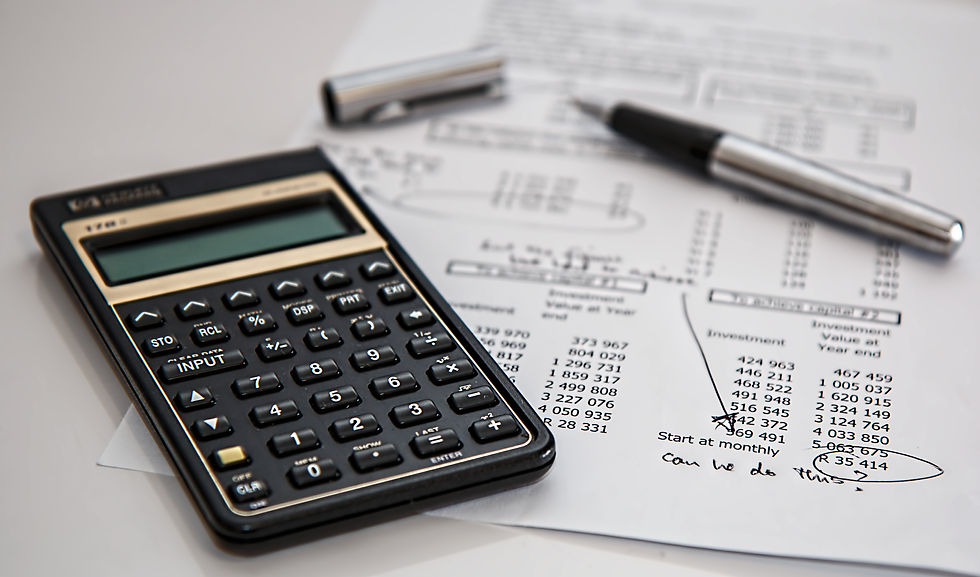Digital vs Paper Note-taking
- Studentosity

- Sep 11, 2021
- 3 min read
Note-taking is a crucial and significant process in learning, as it helps to encode the information in the brain and make it easier to remember. Digital note-taking has become a new trend in today’s society over taking notes on paper because technology has evolved significantly from ten years ago.
The real question is, which way of note-taking can help you maximize your learning? Despite the widespread perception that paper notes are superior to digital notes, the correct answer can differ because each approach has its own set of advantages.
In this article, I will be describing the pros and cons of digital note-taking and taking notes on paper.

Written by Umaima Usman
Digital Note-Taking
Pros of Digital Note-Taking:
The organization is customizable: Digital note-taking allows the creation of limitless folders that are easy to sort. Each file has a unique name that identifies it, and these names can be altered at any time. It is also much easier to move files from one computer to another.
Typing is much faster: It can take a long time to write notes by hand, especially if your professor speaks fast. Typing allows you to enter information quickly, and allows you to fit more information on the page.
It is easier to share notes: People can work synchronously on the same document, such as a Google doc, to complete assignments. Your notes can instantly be emailed and shared with your friends.
There is the ability to import lecture slides and notes: You can import the lecture slides/notes on your computer, and you can annotate those slides as your professor speaks. This allows you to write only the significant information, giving you time to listen to the professor and understand the lecture.
Cons of Digital Note-taking:
Can be expensive: Computers and iPads can be expensive, with prices ranging from $500 to $2,000. Unless you're willing to spend the money, notebooks are the less expensive option, costing only a few dollars.
Electronic devices are not permitted in all classrooms: Some of the professors may not allow electronics of any sort in class, meaning you might have to take paper notes.
Computers and tablets can run out of battery life and die: For it to be dependable, you must remember to charge it on a regular basis and to keep it up to date. You don't want your computer to start updating in the middle of a lecture.
Hand-Written Notes
Pros of Hand-written notes:
Cheap: Notebooks, unlike the other options, can be purchased for a few dollars. They are an excellent choice if you do not want to spend a fortune.
You retain the information better: You will be better able to remember the content because you are selectively picking what to write on the paper and are aware of it. Taking notes on paper, rather than the other modes described, has helped me earn a better score in the past.
No distraction: Computers/tablets contain notifications, and if you get a text or an email on the device, it can interrupt your learning flow and cause you to lose attention. Although many laptops include a “Do Not Disturb” option, using paper is a better option for a distraction-free experience.
Natural feeling and flexible: A page is incredibly adaptable; you can write anything you want on it and design it however you want to. You can use any size pen or pencil and style your notes however you wish.
Cons of Hand-writing notes:
Writing can be time-consuming: While attempting to keep your notes nice and organized during lectures, you may be missing out on important information.
Easier to lose: Losing and destroying notebooks is a common occurrence. Since handwritten notes have no backup, they may be lost forever if your notebook is destroyed.
Harder to archive: Notebooks can quickly fill up, leaving you with a stack of old notes that you are not sure you will ever use again. This can take up a significant amount of space.




Comments